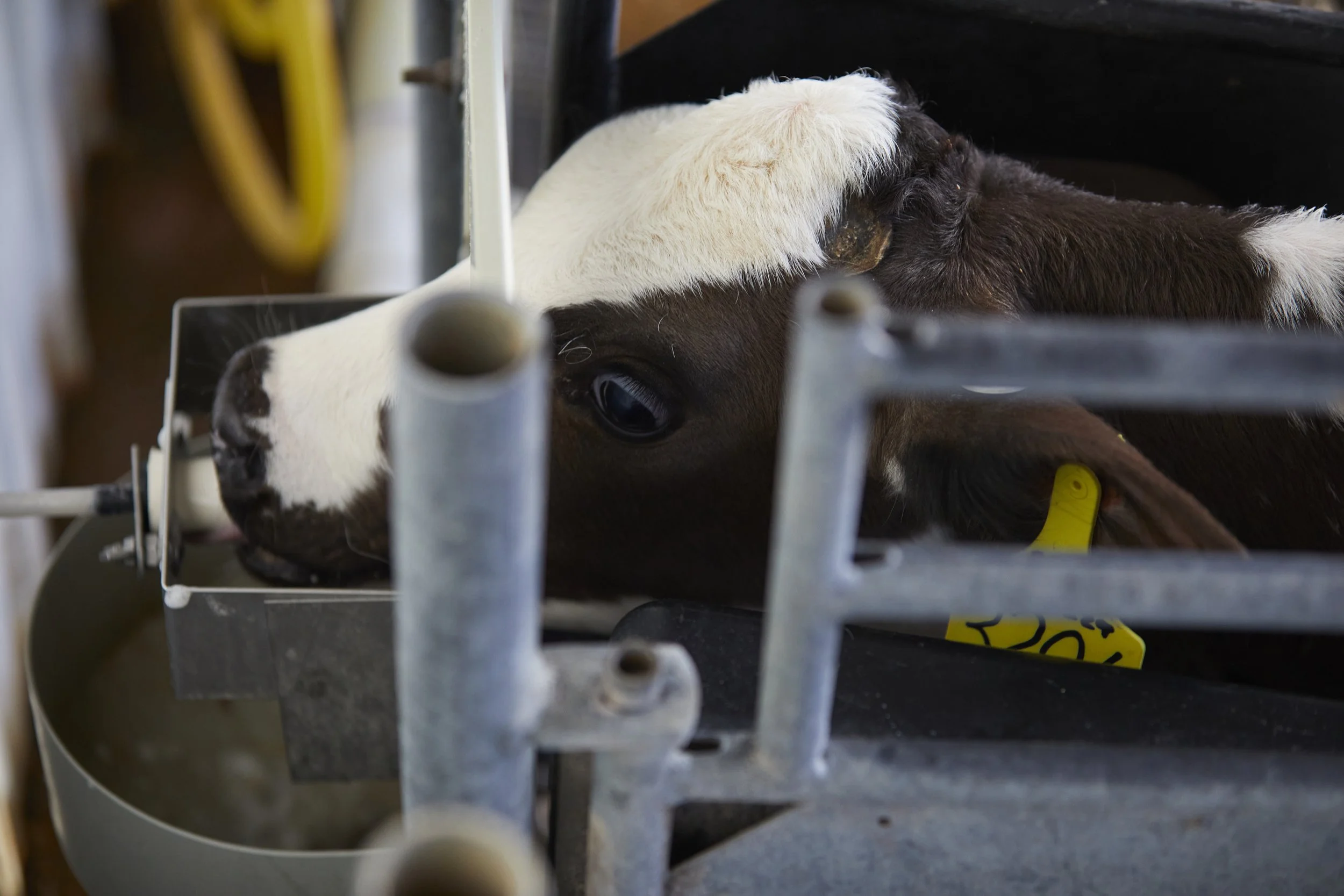Practical Approaches to Pasteurizers
Feeding pasteurized waste milk to preweaned calves can make sense economically, and many dairies and calf raisers do it very well.
But managing a pasteurizing system is definitely not a “no-brainer.” A pasteurizer cannot make a marginal product good, or a bad product better. Consistency, defined protocols, and attention to detail all are necessary for an effective pasteurization program. Specifically:
(1) Start with a quality product -- Because hospital/waste milk is usually the source of most pasteurized calf milk, its composition can be highly variable. Whole milk normally contains 12.5% solids, but the national average for waste milk is about 10.0%. Sick cows and flush water can result in heavily diluted waste milk one day. Then fresh cows can produce a batch that is very high in solids the next. This “rollercoaster” of composition definitely is not conducive to consistent calf nutrition. Adding a high-quality, all-milk balancer, based on solids test results for each batch of milk, can help remedy inconsistent solids levels.
(2) Fortify for success – Even “perfect” whole milk is slightly deficient in some nutrients --like vitamin D and selenium -- for optimal calf nutrition. Those deficiencies can be magnified by the inconsistency of waste milk. A vitamin and trace mineral (VTM) pack should be added to every batch of pasteurized waste milk to boost those nutrients and promote calf health.
(3) Stress sanitation – Without proper, routine cleaning and sanitizing, a pasteurizer can be transformed quickly into a mini cheese factory. Just like milking equipment, the pasteurizer should be cleaned and sanitized daily, using appropriate chemicals and water temperatures, and following the manufacturer’s instructions. Changing hoses regularly and periodically testing with adenosine triphosphate (ATP) swabbing are also recommended to keep bacteria at bay. Common sites of milk residue and bacteria build-up are valves, narrow pathways, and junctures on the machine.
(4) Assemble and abide by protocols – Labor is a challenge for virtually all dairies and calf nurseries today, and many different individuals may operate the pasteurizer in the course of any given week. We know how important consistency is for calves, and the same is true for preparing their liquid diet. Protocols should be written (in English and Spanish); posted near the machine; and trained upon with regular reviews. Important points to address include how to transport the milk to and from the pasteurizer; how to operate the equipment at each step; appropriate time and temperature standards (including pre- and post-pasteurization storage); machine sanitation steps; and how to evaluate solids and balance accordingly (including charts that show how much balancer to add based on solids results).
Research and experience have shown that it is best to add balancer powder immediately after pasteurization, when the milk is still hot. VTM packs should not be added until the milk is close to feeding temperature.
In terms of how much balancer to add, many operations achieve growth and health success by pushing solids past the standard 12.5%, into the neighborhood of 13.5-14.5%. This is a range in which most operations can reap the economic rewards of enhancing nutrient density, without creating digestive complications.
In some cases, labor challenges, milk quality, and/or disease organism pressure can negate the benefits of feeding hospital milk to calves. The value of this liquid feed source can be quickly diminished if calves are undernourished or break with clinical salmonella or mycoplasma, for example.
High-quality milk replacer is a viable alternative that can provide a bacteria-free feed source and consistent nutrition that may be missing from pasteurized waste milk. Many operations also successfully incorporate both feed sources, using various combination methods, into their preweaned calf nutrition programs.
Your Strauss Feeds representative can help you evaluate your current calf nutrition program and performance and advise adjustments as needed to help maximize your calves’ performance and health.



It takes hard work and considerable investment to create a newborn calf. So, when that calf hits the ground, we want to do everything we can to give it the best possible start to a healthy and productive life.